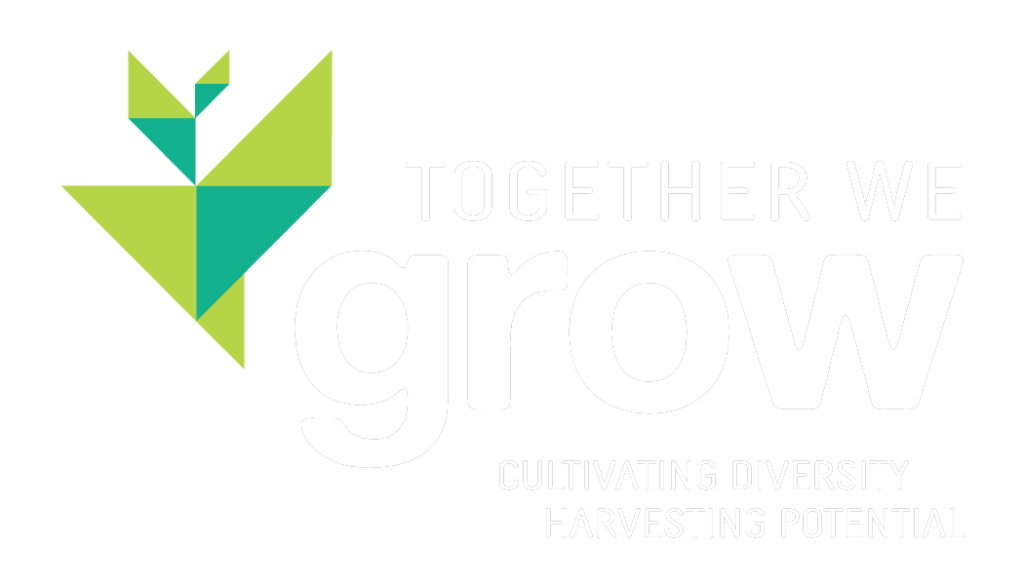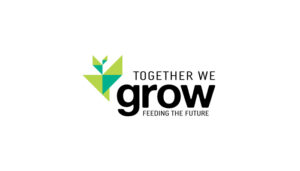The Together We Grow Workforce Next and Best Practices working group met on Tuesday, June 27, 2023, to further the conversation on inclusive communications. Land O’Lakes representatives, Philomena Morrissey Satre (DEI) and Noah Brown (Communications), and Corteva Agriscience representatives, Amber Maynard (DEI) and Kate Irvin (Communications), shared their expertise and learnings with the group and engaged in a dialogue with representatives across TWG’s membership. The key points from this conversation focused on the importance of partnerships between communications and DEI professionals, frameworks and systems for decision making, cultural readiness and organizational response, challenges and crisis management, and measuring success and impact of the work.
- The Importance of Partnership
-
- Collaboration between communications and DEI teams is crucial to ensure awareness of the organization’s work.
- DEI should be an integral part of employee communications.
- Frameworks and Systems
-
- Having decision-making frameworks reduces missteps and reactive approaches.
- The leadership team and board of directors should align on a framework for internal and external communication.
- Frameworks help manage internal and external communications and ensure consistency in responses.
- Guiding principles, such as transparency, should be aligned with decision-making frameworks.These principles facilitate discussions around difficult organizational topics, such as making organizational DEI goals public or distributing a statement about a societal event.
- Identifying appropriate communication channels for reaching all employees with DEI initiatives is crucial.
- Collaboration with Employee Resource Group (ERG) and Business Resource Group (BRG) leaders ensures more effective communication.
- ESG/Community Impact reports connect sustainability, social responsibility, and community impact with DEI goals.
- Cultural Readiness and Response:
-
- Assessing the organization’s cultural readiness to share DEI-related efforts and goals publicly is important.
- Organizations may be committed to transparency but can still evaluate the appropriate level of “push” versus “pull” in their communications.
- Testing the waters through “push” and “pull” communications and gathering feedback helps navigate criticism.
- Linking DEI efforts and goals to organizational values and purpose helps address criticism.
- Social media can be challenging, and leaders should engage in conversation to educate when there is a lack of understanding of an organization’s position.
- Challenges and Crisis Management:
-
- Inclusive communications can face challenges due to the nuances and varied stakeholder perspectives both internal and external to the organization.
- Balancing support and education is important, and leaders can clarify the organization’s position to more authentically support communities.
- Contingency planning, leader support and preparedness, and advisory committees help navigate challenges.
- Measuring Success and Impact:
-
- Providing talking points for leaders helps clarify, educate, and align the message across the organization to ensure greater overall success and impact.
- Measuring the success of inclusive communications and identifying long-term impacts are important.Many organizations are still determining the methods to best do this evaluation.
In summary, the meeting highlighted the significance of partnership between communications and DEI teams, the need for decision-making frameworks, challenges in inclusive communications and crisis management, and the measurement of success and impact. It emphasized the role of employee communication, stakeholder management, and cultural readiness in effectively communicating DEI initiatives.







